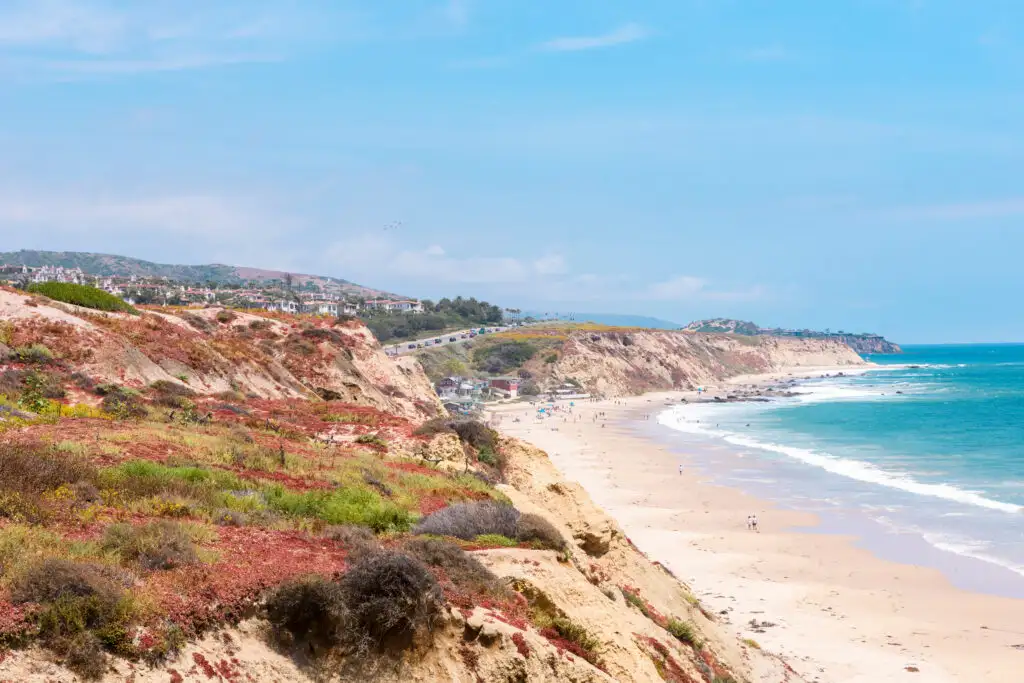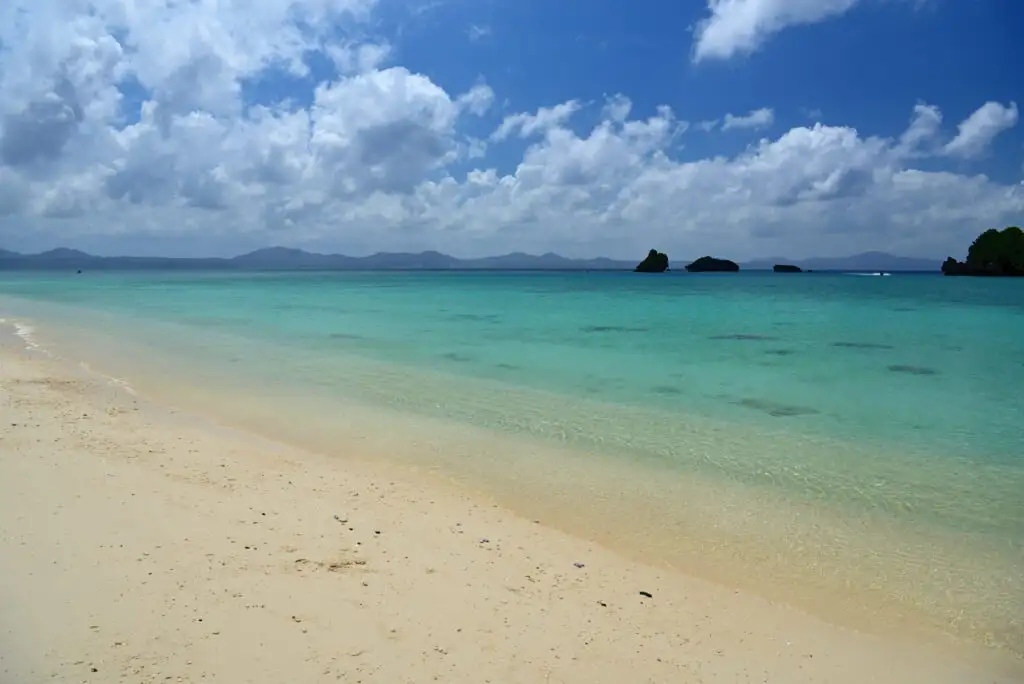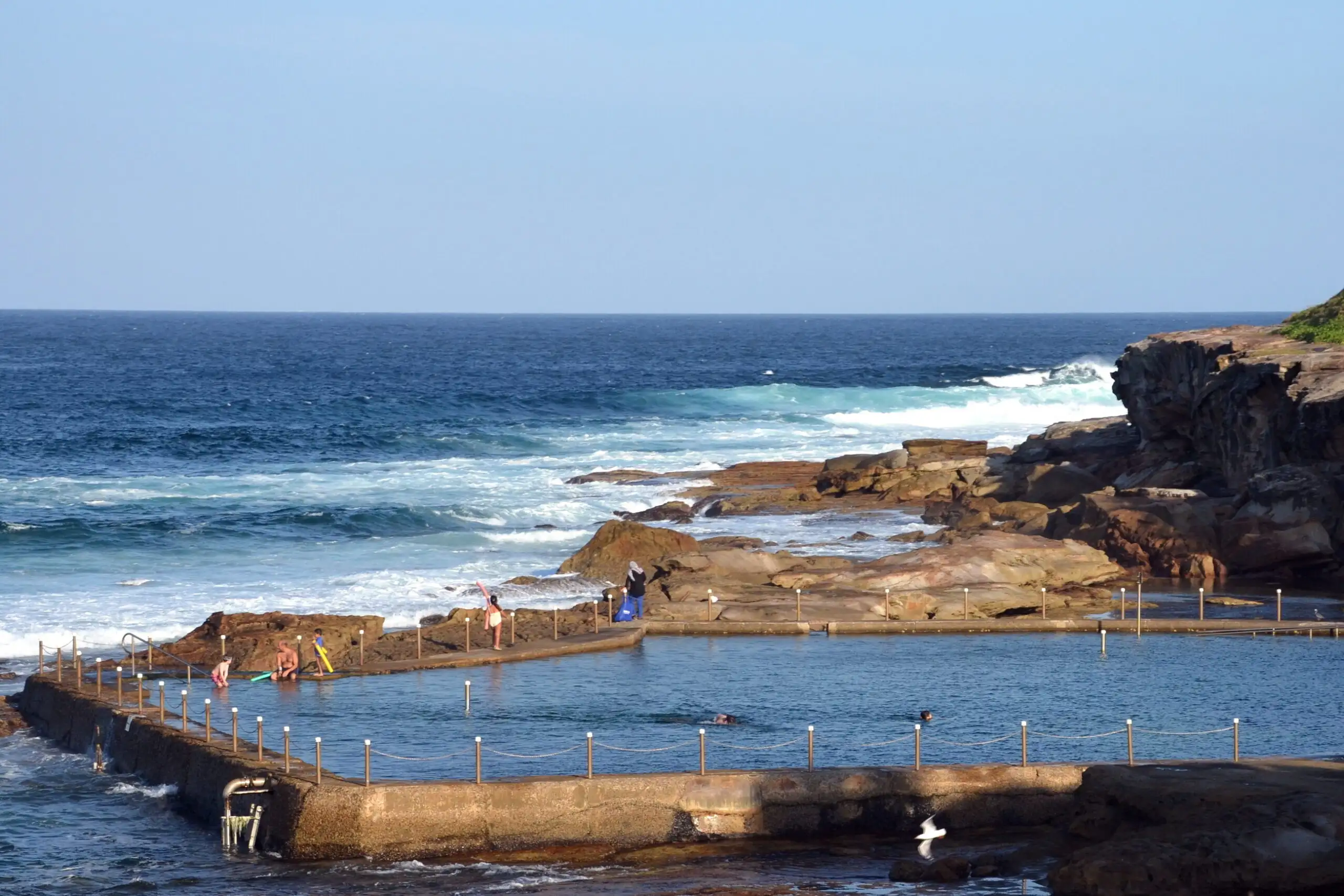“One man’s trash is another’s treasure,” says the old adage, and this may be truest of all for lovers of sea glass.
An unusually attractive consequence of littering, sea glass is created when bottles, ship lights, and other pieces of glass are discarded in the ocean. Tossed around and broken apart by the currents, the edges and surfaces become frosty and pitted from the saline content of the water. In time, these broken bits and pieces are washed ashore and become a hot commodity for sea glass seekers, who incorporate them into art pieces, jewelry, and home décor.
Some colors are more sought after than others; reds, purples, and oranges are particularly difficult to find. And of course, the glass comes in a variety of shapes and sizes ranging from identifiable bottlenecks to tiny round marbles. What you find will depend on the location you’re hunting in—a beach near an old beer brewery will offer different sea glass than one near an art glass factory.
The sea glass community used to keep the knowledge of where to find their precious treasure a close secret. But nowadays the community is large and thriving online, and the information is shared freely around the world. Here’s a list of some of the best places in the world to find sea glass.
United Kingdom and Ireland

The coastlines of the United Kingdom and Ireland have a reputation for being the place to find sea glass. Seaham Beach may be the most famous of these; according to By The Sea jewelry, sea glass here originated not only from nearby glasswork factories such as Londonderry Bottleworks, but also Hartley Wood & Co, a specialty art glass manufacturer. As a result, sea glass hunters can find not only the typical bottle-colored fragments of glass, but also unusual multicolored streaked glass pieces.
The region of Devon is well-known for Devonshire cream teas, Agatha Christie, and, uniquely, the county’s two sets of English coastlines, north and south. Brooding, rocky Bovisand Beach on the southern coastline is a sea glass lover’s paradise. Hunters can sift through the sand on the beach or explore the many tide pools to find little bits of treasure.
In Ireland, travel up along the Wild Atlantic Way to Lisfannon Beach in County Donegal. This is a very long drive to a very remote destination indeed, unless you’re already visiting Northern Ireland. However, it is a beautifully moody stretch of beach with little clutches of glass gems tucked in amongst the rocks. By virtue of its remote location, tourist traffic can be lower here, so treasure hauls can border on epic in size.
Scotland and Wales are not to be left out, either. Picturesque fishing region East Neuk in Fife is awash in sea glass and lovely bits of painted pottery. Wales’ Conwy Morfa Beach, thanks to a nearby Victorian-era dumping site, often yields some truly vintage pieces of glass in an array of colors.
The United States of America

Glass Beach at Fort Bragg is probably one of the most famous sea glass beaches in California, with lots of colorful glass pebbles mixed into the sand there. But the California coastline is rich with other options as well, like the beaches at Crystal Cove State Park in Orange County, Del Monte Beach near Monterrey, and Coyote Point Beach in San Mateo. Depending on when you go, each of these beaches has plenty of beautiful glass to offer, and sometimes the crowds are far sparser than you’ll see at Glass Beach.
On the East Coast, it may be easy to assume that Florida’s coastline or the seaside paradise of Myrtle Beach in South Carolina would be a jackpot of sea glass. The truth is that you’d be better off traveling up to the Outer Banks of North Carolina. Pea Island near Cape Hatteras is one of the more popular stops, along with Coquinas Beach up at Nags Head.
The sandbarred shoreline of Cape Cod in Massachusetts sees a great deal of ocean activity that can produce a surprisingly large amount of sea glass for seekers. Venturing still more northerly to Maine, fortify yourself with a lobster roll and catch a ferry to the Cranberry Isles. Here, it’s often reported that the rarest red and deep blue hues of sea glass can be found by lucky, eagle-eyed treasure hunters.
Beach Glass
Because the frosted patina of sea glass is specifically created due to the currents and salt content of the ocean, you won’t find it on the freshwater beaches of the American Midwest. Instead, you’ll find what’s known as beach glass. A bit less frosty than sea glass, beach glass is plentiful along the shoreline of Lake Michigan.
In Wisconsin, the Schlitz Audubon Nature Center near Milwaukee is a lovely destination for birdwatching, hiking, and beach glass hunting. For a really interesting time, head up to Petoskey in Northern Michigan. Not only can you find beach glass at Bayfront Park, you may also stumble across Petoskey stones, unique fossilized rocks with honeycomb-like patterns on their surfaces.
Morocco

When you think of Morocco, it may well be that your first thought is Marrakesh, with the Jemaa el-Fnaa market, an array of historical gardens, and the Bahia Palace.
Sea glass enthusiasts, however, know that the place to be is Essaouira, on Morocco’s eastern coast. If you step outside of the city walls to the windswept expanse of beach, you’re likely to find beautiful pastel gems of sea glass by the handful. But because Morocco is known for artisans that create stunning porcelain tiles, you can also find ocean-smoothed bits of discarded pottery painted with exquisite lace-like patterns.
Japan

Morizono Park in Omura City near Nagasaki is an interesting sea glass destination. Unlike most sea glass beaches which were the result of industrial factories dumping their waste glass, the beach in Omura City was purpose-built as a glass beach. The city created this beach out of recycled glass in order to combat the growth of a species of algae with a particularly unpleasant aroma. The result is a sparkling carpet of jewel-like “sand” that’s stunning to behold. You likely won’t find big pieces of sea glass to carry away, but it’s worth a trip just to see the twinkling expanse in the sunshine.
The place to go in Japan to actually pick up collectible sea glass is in Okinawa, near the city of Nago. Here, the aptly named Sea Glass Beach is renowned for the sheer quantity of gorgeous glass bits you can find on her shores. All sorts of shapes from chunky rhomboids to smooth marbles are scattered amongst the rocks here. It’s even vaguely, distantly possible that you’ll find a prized Japanese glass fishing float.
Australia

While Shark Beach, one of Sydney’s most popular sea glass beaches, is closed for renovations in 2023, hunters can move down the coastline to Malabar Beach. Tucked into a curve of the coast facing the Tasman Sea, this little beach often yields large quantities of emerald green and amber sea glass.
In South Australia, Robe’s Glass Beach is reported to be “more glass than sand.” Known properly as Factory Bay, this beach turns up lots of the typical bottle colors of glass due to its long history as a city dumping site. But every once in a while, a lucky seeker can find rare reds and purples here.
Tips and Tricks
When hunting for sea glass, the key is to look for gritty beaches with plenty of shells. You don’t want sunbathing beaches with long stretches of powdery sand when you’re looking to go seaglassing. You’ll find the most sea glass on rocky shorelines.
It is recommended that you bring a scoop of some kind along. Some beaches are home to creatures that could be venomous and some pieces of glass may still have sharp edges—there’s any number of reasons why you might not want to just stick your hands right into piles of rocks. Use a kitty litter scoop to sift through your findings and pick your treasures out from there.
Wearing sunglasses will obscure your view of the beach and may hide the telltale twinkles of glassy bits from your sight. Instead, wear a sunhat to protect your face and eyes while also allowing you to more easily spot glass.
The best times to visit a sea glass beach will be early in the morning, after the tide has gone out, or—once it is safe—after a big storm has stirred up the beach. You should see a fair number of new deposits after such activity.
Often, beaches and parks may have laws restricting whether or not you can remove sea glass from the premises. Some may allow you to take sea glass but leave fossils, some may allow you to take as much as you like (but please be polite about it and leave some for other seekers), some may not permit any removal at all. Check before you go, and keep an eye out for any posted signs.
You Might Also Like:
• Hidden Gems in Fiji: Off-the-Beaten-Path Paradise• 7 Hidden Gems in Peru
• Thailand’s Best-Kept Secrets
• The 9 Best Things to Do in Switzerland
• The 10 Best Things to Do in Indonesia
We hand-pick everything we recommend and select items through testing and reviews. Some products are sent to us free of charge with no incentive to offer a favorable review. We offer our unbiased opinions and do not accept compensation to review products. All items are in stock and prices are accurate at the time of publication. If you buy something through our links, we may earn a commission.
Related
Top Fares From
Today's Top Travel Deals
Brought to you by ShermansTravel
Shop and Save with Country Inns...
Patricia Magaña
 Hotel & Lodging Deals
Hotel & Lodging Deals
$229 -- Chicago: Discounted Rates and...
Francesca Miele
 Hotel & Lodging Deals
$229+
Hotel & Lodging Deals
$229+
$188 -- Honolulu: Save on Oceanview...
Abigail Lamay
 Hotel & Lodging Deals
$188+
Hotel & Lodging Deals
$188+




